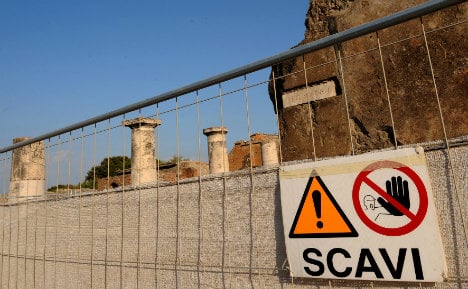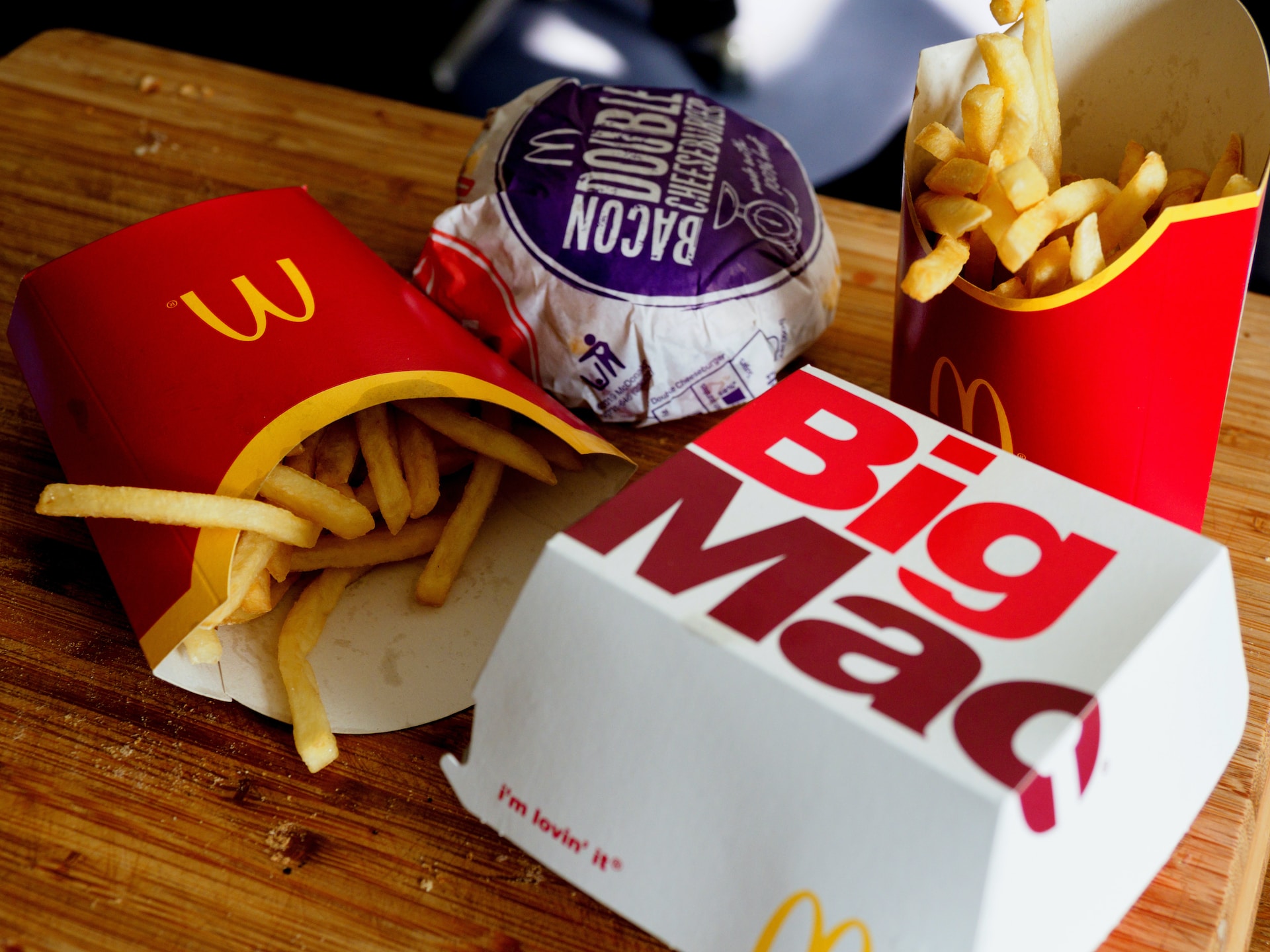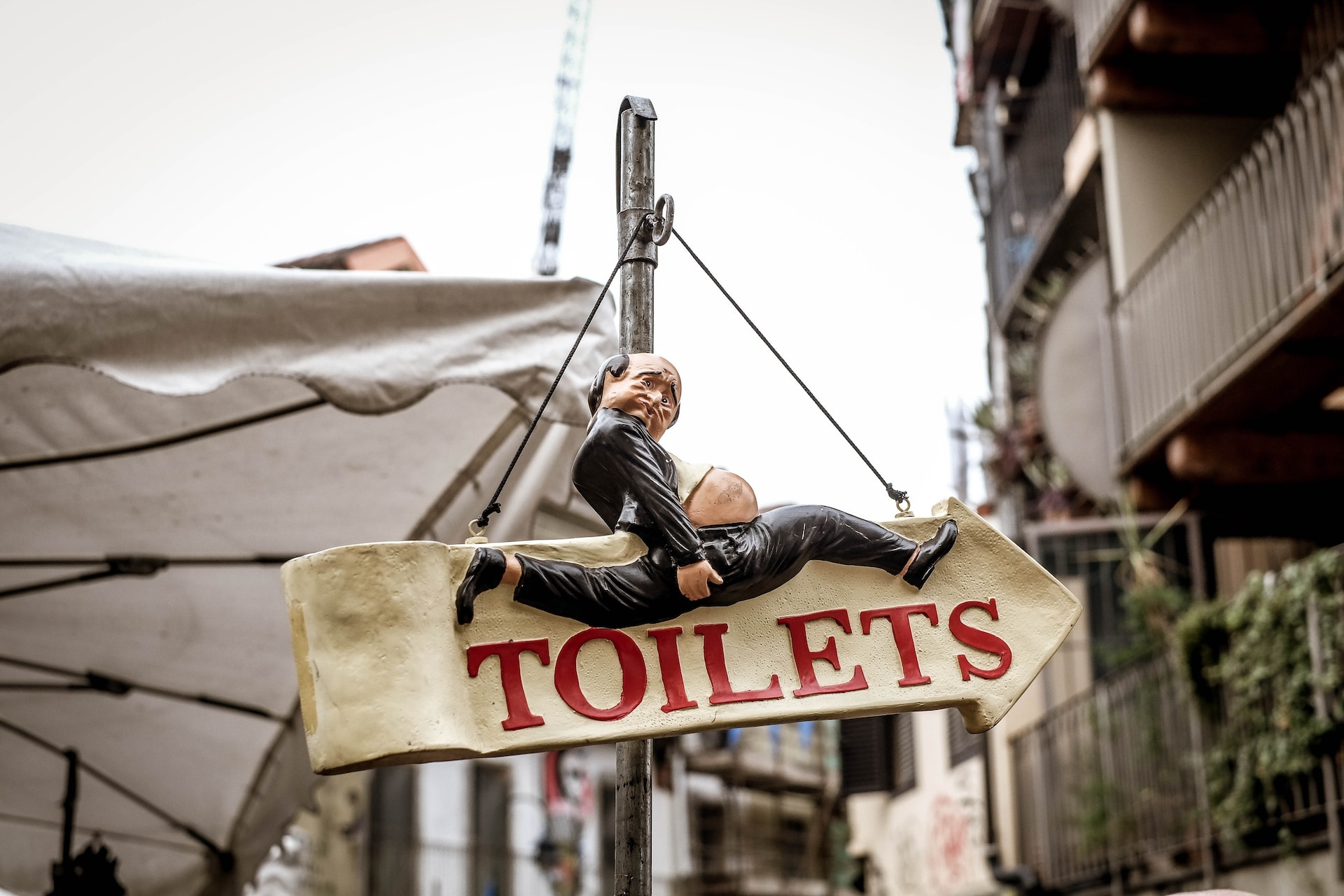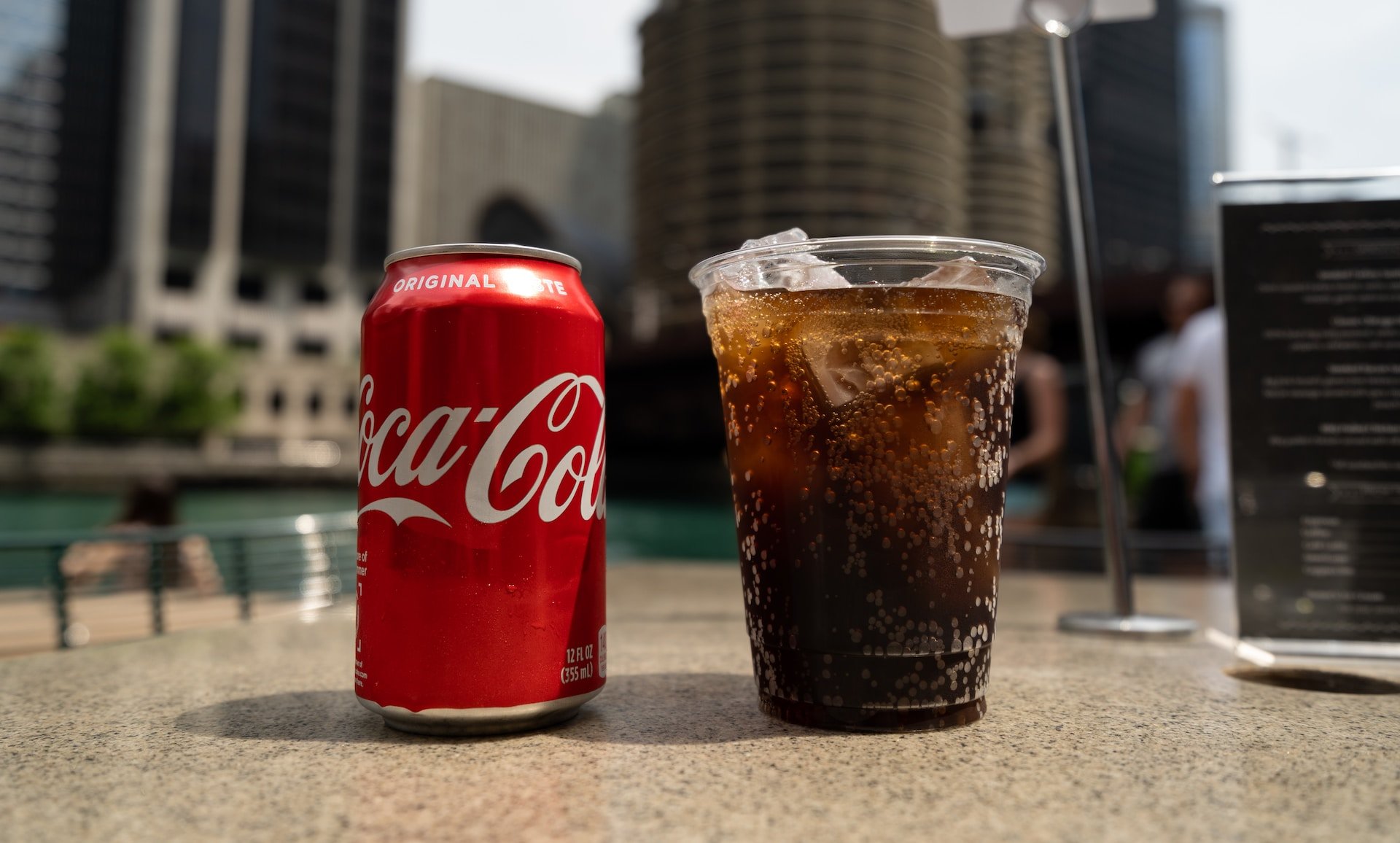Take a spade in Italy and dig, chances are you'll find something old. Depending where you are, what you find could be Roman, Greek, Etruscan, Lombard or even Celtic.
Though great for history buffs, the prevalence of ancient ruins means building projects can get stuck in the mud for years for an bit of old stone, which is the last thing Italy's hamstrung economy needs.
This is a fact which Italy's Prime Minister Matteo Renzi is all too aware of.
“Building projects will never be stopped again for archaeological finds,” Renzi promised in August 2014, seven months into his leadership. “We are full to the brim.”
Historically, it has been the job of the the country's architectural prefects to evaluate the importance of proposed building sites across the country. If need be, superintendents have the power step in to stop works from progressing in the name of saving important parts of Italy's heritage.
But Renzi's government sees this power as undemocratic and has been doing its utmost to curtail their meddling influence.
“We can't depend on political structures from 200 years ago,” Renzi argued. “Superintendents are a monocratic power, they do not answer to anybody and they can overrule elected offices.”
Since making those remarks in 2014, his government has launched sweeping changes aimed at regaining the power to be able to get development projects off the ground more swiftly.
In November that year, a raft of new legislation entitled 'Sblocca Italia' (unblock Italy) aimed at stimulating the country's moribund economy was passed.
With it, a new maximum 60-day time period in which superintendents could object to a project before contractors began work was introduced.
Experts say it is causing sites of potential interest to be developed on.
“In most working environments 60 days seems like a fair amount of time,” Antonio Paolucci, the director of Vatican Museums, told reporters in Rome on Wednesday.
“But the country doesn't have enough working archaeologists to be able to evaluate all the proposed building sites in that timeframe. For example, in Umbria, a cradle of the Etruscan civilization, there is just one archaeologist responsible for surveying the whole region.”
As a result, construction teams are forging ahead with public and private works, not because there isn't anything under the soil, but because nobody is checking.
Despite the historical prestige attached to the position of archaeological superintendent – Renaissance master Raffaele became Italy's first prefect of the arts when he was nominated to protect the Vatican's Greco-Roman statutes by Pope Leo X in 1515 – their power has since been further diminished.
Recent reforms by Culture Minister Dario Francheschini will see their offices absorbed into local council structures, meaning they will no longer have a final say in whether building projects can go ahead or not.
As this happens, the likelihood that concrete will be poured over important pieces of Italian heritage is huge, given the rampant pace of development in Italy.
Between 2010 and 2012 ( at the height of the economic crisis ) new sites covering 72,000 hectares of land were developed – an area the size of Milan, Florence, Bologna Naples and Palermo combined.







 Please whitelist us to continue reading.
Please whitelist us to continue reading.
Member comments